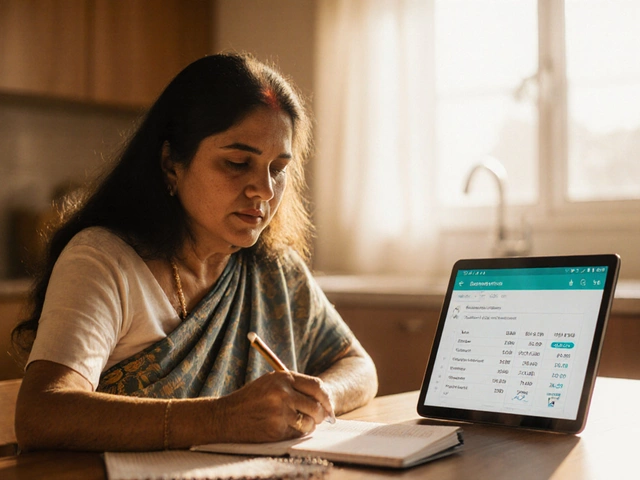Nutrition Made Simple: Everyday Tips for a Healthier You
Did you know the food you pick for breakfast can set your whole day’s energy? Most of us rush out, grab a tea or a biscuit, and think that’s enough. In reality, a balanced start fuels the brain, steadies blood sugar, and keeps cravings at bay. Below are easy steps you can add to any routine, whether you live in a big city or a small town.
Build a Balanced Plate in 5 Minutes
Take a regular dinner plate and imagine three sections. One half should be colorful veggies—think carrots, beans, spinach, or any local seasonal produce. The other quarter holds a protein source: dal, paneer, eggs, or lean meat. The last quarter is for whole grains like brown rice, millets, or whole‑wheat roti. This visual trick works for lunch, dinner, and even a hearty breakfast bowl.
When you shop, pick a handful of fresh produce, a small pack of pulses, and a whole‑grain staple. Prepare them in bulk on a weekend: soak and cook dal, steam a batch of mixed veg, and store in portion‑size containers. Each day you’ll only need to heat and combine, saving time and avoiding the temptation of processed snacks.
Smart Choices with Snacks and Supplements
Snacking doesn’t have to be a guilty habit. Keep nuts, roasted chana, or a piece of fruit within arm’s reach. These options give you protein and fiber without the empty calories of chips. If you’re curious about herbal supplements, remember that quality matters more than price. Look for products that list the exact ingredient amount, source, and have a reputable certification. Always read the label for possible allergens or fillers.
Many people wonder if a daily multivitamin can replace a balanced diet. The short answer: no. Vitamins fill gaps, but they can’t provide the fiber, antioxidants, and satiety you get from whole foods. Use supplements only when a doctor or nutritionist points out a specific deficiency.
Hydration is another hidden pillar of nutrition. Aim for 8‑10 glasses of water a day, more if you exercise or live in a hot climate. If plain water feels boring, add a squeeze of lemon, a few mint leaves, or a splash of coconut water for flavor without extra sugar.
Finally, tune into your body’s signals. Eat when you’re hungry, stop when you’re comfortably full. It’s easy to over‑serve when plates are large, so try using a smaller bowl for soups or a petite plate for main meals. Over time, your stomach will learn the right portion size, and you’ll waste less food.
Nutrition isn’t about strict rules or fancy diets. It’s about making small, realistic changes that add up. Start with one tip—maybe swapping white rice for brown rice this week—and watch how your energy levels shift. Keep experimenting, stay curious, and you’ll find a eating style that fits your life and keeps you feeling good.





